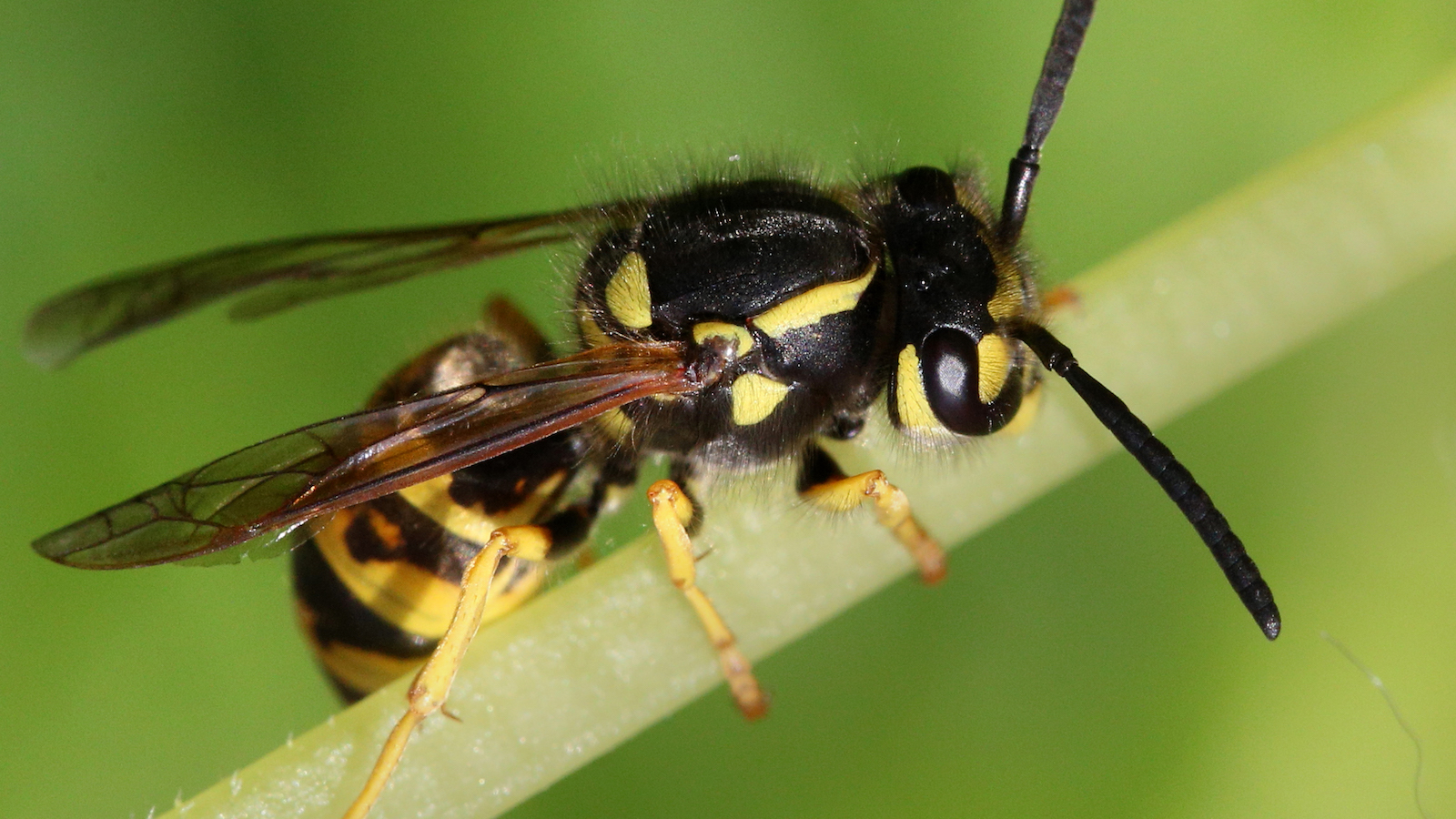How to kill yellow jackets – expert advice on banishing stinging insects
Yellow jackets are aggressive and their stings can be harmful. This is the lowdown on putting an end to their presence


Yellow jackets are an insect it’s worth watching out for. These black and yellow pests sting and, unlike a bee, they aren’t limited to stinging once. They can be provoked easily, too.
These pests are sometimes confused with other stinging insects including bees, but yellow jackets are actually a type of wasp. While you may be savvy about getting rid of wasps, it’s valuable to be sure of how to identify and eliminate yellow jackets if they’re on your property.
To keep yellow jackets away from your yard and your family we’ve put together an expert guide to killing them – along with the kinder alternatives.
Killing yellow jackets: the options
The reason why knowing how to kill yellow jackets is important is the level of threat they can pose. ‘Yellow jacket stings hurt, and unlike bees, they can sting repeatedly,’ explains Brad Woods, district manager for Trutech Wildlife Service in Dallas-Fort Worth.
‘It is predicted two million Americans are allergic so a sting can be very dangerous. Yellow jackets can build their nests close to people, and they defend them aggressively. People and pets can accidentally wander too close to a yellow jacket nest and get attacked.’
Identify a yellow jacket
Before finding an answer to a yellow jacket problem, you’ll want to be sure that these are the insects you’re dealing with. ‘The most distinct feature of a yellow jacket is alternating yellow and lack bands of color that cover their abdomen,’ says Brad Woods. ‘Their bodies look shiny.’
‘Yellow jackets are about half an inch in length and have two wings. They can be confused with honeybees. The main difference is honey bees are covered in dense hair, and yellow jackets are not.
Design expertise in your inbox – from inspiring decorating ideas and beautiful celebrity homes to practical gardening advice and shopping round-ups.
Killing yellow jackets
There are valid reasons to kill yellow jackets if they’re on your property. ‘Most yellow jacket nests are in the ground so most people find them in their yard by accident,’ says Brad Woods. ‘In late summer they are at their most aggressive. Spray insecticides can eradicate a nest. Apply it at dusk when yellow jackets are less active. Even though yellow jackets nest in the ground, they can’t dig. If you approach the nest at night, you can block the entrance. Cover the hole with a bowl and then cover the bowl with dirt.’
You can buy yellow jacket aerosols at Amazon, and yellow jacket poison-free traps at Amazon, too.
It’s essential to take appropriate precautions when undertaking elimination of these insects. ‘If anyone were to attempt yellow jacket removal on their own, wear protective clothing,’ stresses Brad. ‘Cover as much of your skin as possible. Wear long sleeves and pants. Put on gloves.’
Given how aggressive these insects are and also the risks from stings, you may prefer to bring in an exterminator instead. If you’ve seen yellow jackets but haven’t come across the nest and don’t want to go looking either, they can locate it. Exterminators can then treat the nest to kill the yellow jackets. The pros can also provide advice on keeping yellow jackets away in future.
FAQs
Should we be killing yellow jackets?
You might not feel comfortable about killing yellow jackets, but there are issues to bear in mind. ‘Yellow jackets are aggressive and territorial,’ says Brad Woods, district manager for Trutech Wildlife Service in Dallas-Fort Worth. ‘If their nests are in a prominent place, they need to be removed for your safety.
‘Yellow jackets are pollinators, but they are also predators to honey bees. Yellow jackets will scavenge on human food and garbage. Prevention is one of the best solutions: covering garbage, cleaning up spilled food outside, feeding pets inside, and covering sugary drinks when outside.
‘Homemade yellow jacket traps can keep them away from you and your family. Cut the top off of a plastic water bottle and set aside. Fill the bottle with soapy water and a yellow jacket bait (soda, fruit juice, wine – something sugary). Turn the top of the plastic water bottle upside down and slide it back into the bottle.
‘If possible, avoid their nests. Sometimes yellow jackets build nests in places that are impossible to avoid.’
While yellow jackets are often in the ground, be aware that they can nest in buildings. They might find shelter under eaves, between walls, or in attics, for instance. If you suspect a nest in a location like this, don’t disturb it as the insects will attack. In this case, call in the pros to deal with the issue.

Sarah is a freelance journalist and editor. Previously executive editor of Ideal Home, she’s specialized in interiors, property and gardens for over 20 years, and covers interior design, house design, gardens, and cleaning and organizing a home for Homes & Gardens. She’s written for websites, including Houzz, Channel 4’s flagship website, 4Homes, and Future’s T3; national newspapers, including The Guardian; and magazines including Future’s Country Homes & Interiors, Homebuilding & Renovating, Period Living, and Style at Home, as well as House Beautiful, Good Homes, Grand Designs, Homes & Antiques, LandLove and The English Home among others. It’s no big surprise that she likes to put what she writes about into practice, and is a serial house renovator.